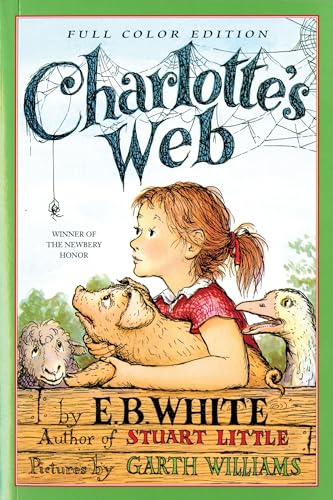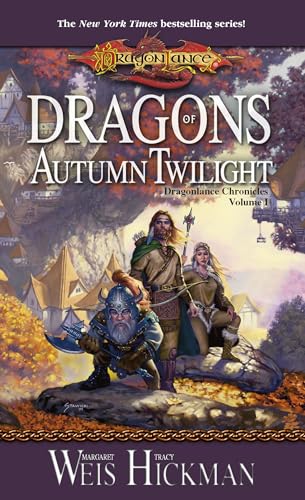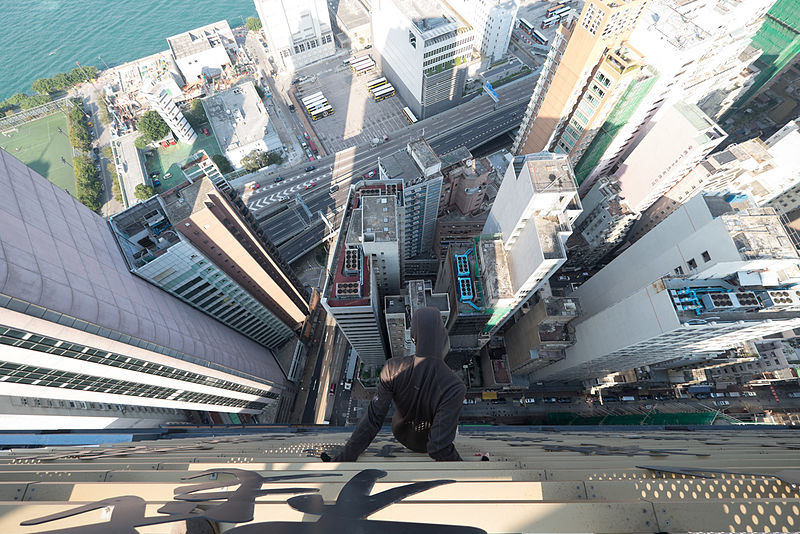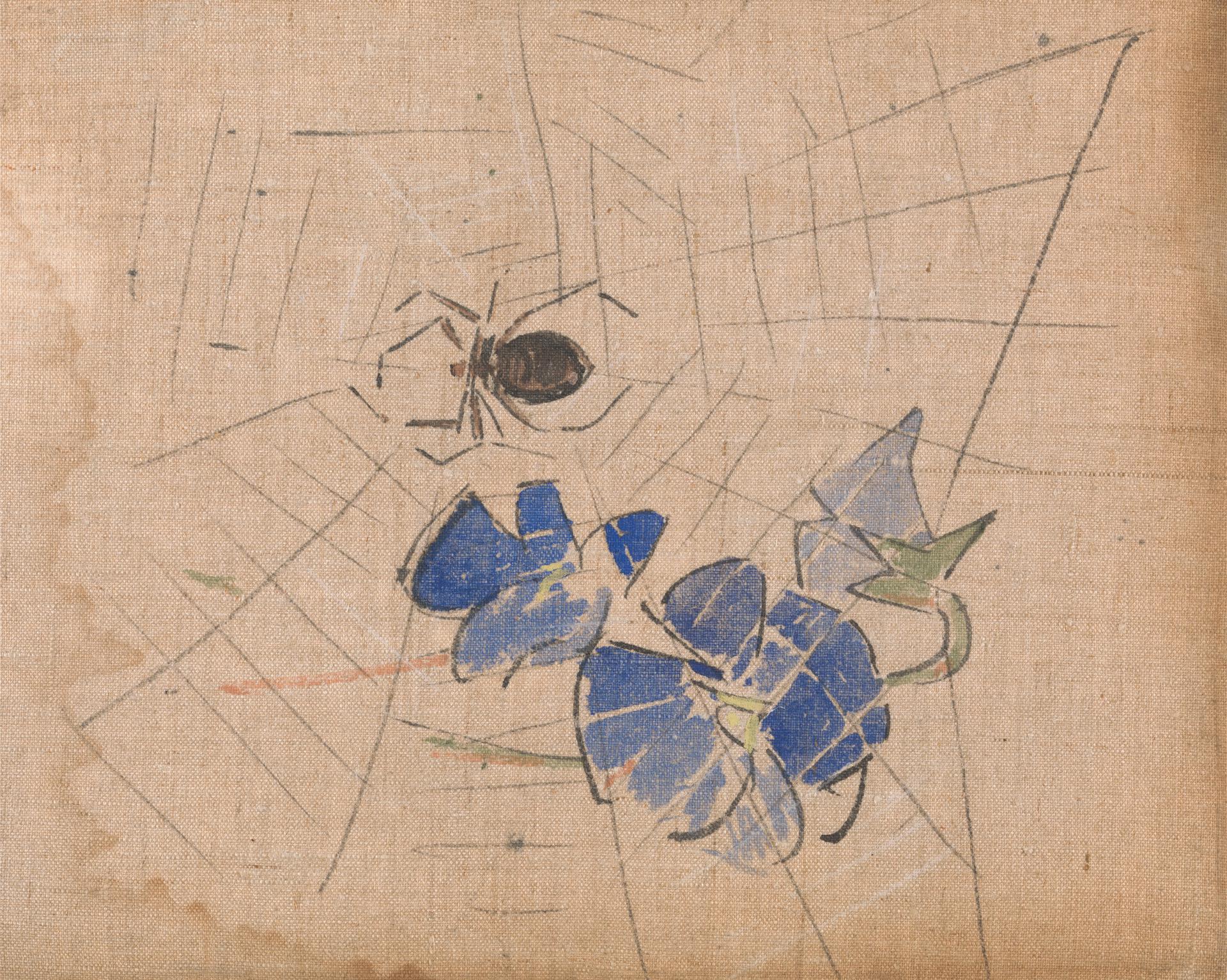1.
On a sheep farm in the high desert of Oregon, I grew up devouring books about the countryside. I recognized my world of chores, manure and dusty roads in Charlotte’s Web and Where the Red Fern Grows. During my Dungeons & Dragons phase, I wandered the fantastic rural landscapes of The Lord of the Rings and endless Dragonlance paperbacks. Later on it was Sherwood Anderson’s Winesburg, Ohio, Steinbeck’s Salinas Valley, and the logging community of Wakonda in Ken Kesey’s Sometimes a Great Notion. I loved these books for their intoxicating sense of place. Just as people had secret histories, so did mountains, forests and rivers.
During my senior year of high school, like a plucky George Willard, I went looking for the grotesque in my own hometown as a correspondent for my local paper, The Bend Bulletin. Writing about the Wild West settlement of Laidlaw, I unburied the history of violence that predated the ski resorts and golf courses in the region.

 Yet even as I plumbed the reservoirs of Central Oregon, I was obsessed with a distant place: Brazil, the country I was adopted from during the twilight of its military dictatorship in 1981. When it came to that story, I had little to go on but old Kodachromes and my parents’ recollections of their long, tedious journey to bring me home. Brazil was an abstraction, a heart-shaped splotch on the globe, an imaginary homeland that I filled with my own desires.
Yet even as I plumbed the reservoirs of Central Oregon, I was obsessed with a distant place: Brazil, the country I was adopted from during the twilight of its military dictatorship in 1981. When it came to that story, I had little to go on but old Kodachromes and my parents’ recollections of their long, tedious journey to bring me home. Brazil was an abstraction, a heart-shaped splotch on the globe, an imaginary homeland that I filled with my own desires.

 I was 25 when I visited the real Brazil for the first time on a solo backpacking trip to get to know my birth country—perhaps even find my birth mother. It was 2006. I still remember the jolt of the landing gear touching the runway in São Paulo. In that moment, the Brazil of my imagination crumbled.
I was 25 when I visited the real Brazil for the first time on a solo backpacking trip to get to know my birth country—perhaps even find my birth mother. It was 2006. I still remember the jolt of the landing gear touching the runway in São Paulo. In that moment, the Brazil of my imagination crumbled.
2.

 By that time in my life, I’d traded journalism for fiction, but I was still entranced by writers who could bring an entire world to life with an elixir of lived experience, research, and unbridled conjuring. The blood-soaked borderlands of Cormac McCarthy. The antebellum Virginia of Edward P. Jones’ The Known World. García Márquez’s Macondo. Richard Price’s New York City. Annie Proulx’s badlands. What I admired wasn’t just the vivid atmosphere but how these writers established a worldview, a governing intelligence that arranged the landscape in service of a story, a theme, a politics of place.
By that time in my life, I’d traded journalism for fiction, but I was still entranced by writers who could bring an entire world to life with an elixir of lived experience, research, and unbridled conjuring. The blood-soaked borderlands of Cormac McCarthy. The antebellum Virginia of Edward P. Jones’ The Known World. García Márquez’s Macondo. Richard Price’s New York City. Annie Proulx’s badlands. What I admired wasn’t just the vivid atmosphere but how these writers established a worldview, a governing intelligence that arranged the landscape in service of a story, a theme, a politics of place.
 When I first visited my birthplace, the story I wanted to tell myself—that the world wanted to tell about Brazil—was the triumphant tale of a country on the rise, emerging from a dictatorship to democracy. I spent that summer traveling the country by car, by bus, by boat, by plane, by foot. In my naivete, it felt as if Brazil were welcoming me home, but in retrospect I was as anonymous as any other gringo with a guidebook. Yet on an otherwise ordinary night at the bus station in downtown Belo Horizonte, I met my birth mother for the first time. She did welcome me home.
When I first visited my birthplace, the story I wanted to tell myself—that the world wanted to tell about Brazil—was the triumphant tale of a country on the rise, emerging from a dictatorship to democracy. I spent that summer traveling the country by car, by bus, by boat, by plane, by foot. In my naivete, it felt as if Brazil were welcoming me home, but in retrospect I was as anonymous as any other gringo with a guidebook. Yet on an otherwise ordinary night at the bus station in downtown Belo Horizonte, I met my birth mother for the first time. She did welcome me home.
In the months and years that followed, I wrote maudlin fiction about Brazil, trying to render the city where I was born, the countryside where I grew up, trying to bring into focus a worldview of how I got from there to here and back again. Even thinking about that old work makes me cringe. The desperate wanting on the page. The desire to connect with my material, as if forging those links could make up for what was lost to me in real life.
Somewhere on the border between fantasy and fact, my imagination failed me. I needed to put aside the novel and return to my reporter’s notebooks.
3.
Sad but true: There is only so much room in the English language for stories about non-English speaking countries. Within that shrunken universe, only so much room for Latin America. Even less room for Brazil. Despite being the world’s fifth-largest country by population and area and one of the world’s largest and most diverse democracies, in the Western imagination, it remains more or less an island, roughly the shape of Rio de Janeiro, full of soccer, samba, favelas and festive costumes and cocktails.
When it was announced that Brazil would host the World Cup in 2014—with the Olympics to follow in 2016—I sensed an opportunity to report on my home country in hopes of enlarging that picture in some small way. By the time I started covering World Cup preparations in 2013, the wheels were beginning to come off the wagon in Brazil, which was in the throes of its largest street protests in decades. Millions demonstrated against economic inequality and social injustice, with thousands of Brazilians across the country evicted or relocated in the name of order and progress, even as the government poured billions of dollars into lavish stadiums and vanity projects to rebuild Brazil’s cities in the image of the cosmopolitan first world.
 When I visited in the Amazon rain forest in 2014, I saw a region transformed since my first visit eight years earlier. There is a story you can tell about the Amazon that is a tale of progress and sustainable development. This is the world of Steven Pinker’s Enlightenment Now, a world of optimism and charts that trend toward prosperity. This is the world of Pico Iyer’s The Global Soul, in which all of us, or at least those with the freedoms of capital and travel, are connected through the wonders of globalization.
When I visited in the Amazon rain forest in 2014, I saw a region transformed since my first visit eight years earlier. There is a story you can tell about the Amazon that is a tale of progress and sustainable development. This is the world of Steven Pinker’s Enlightenment Now, a world of optimism and charts that trend toward prosperity. This is the world of Pico Iyer’s The Global Soul, in which all of us, or at least those with the freedoms of capital and travel, are connected through the wonders of globalization.
 Depending on what you’re willing to ignore, that story is plain as day in the Amazon. Where once there were tribes relying on the barter system, now there are riverboats going up and down the river with ATM machines on board. Where once it was impossible to find a steady phone connection, now satellites orbit, beaming Instagram and “Pokémon Go” to tweens surrounded by 2 million square miles of rain forest.
Depending on what you’re willing to ignore, that story is plain as day in the Amazon. Where once there were tribes relying on the barter system, now there are riverboats going up and down the river with ATM machines on board. Where once it was impossible to find a steady phone connection, now satellites orbit, beaming Instagram and “Pokémon Go” to tweens surrounded by 2 million square miles of rain forest.
In this worldview, the history of the Amazon rain forest is one that moves from savagery to civilization, from darkness to light.
4.
It’s the kind of story that appeals to venture capitalists and those who believe there is no problem that cannot be solved with an app. It is a story of conquest in which this forest was discovered by Europeans who could only untap its utopian potential with guns, germs and steel.
How can a writer rebuild a world that has been erased by colonists, that has been built on the bodies of the oppressed, designed to mirror the sophistication of European capitals, complete with baroque theaters and bike share kiosks? What right does an outsider have to even try telling a different story?
 Though I was born in Brazil, the country will always be foreign to me, and I will always be a foreigner on its streets and rivers. The foreign correspondent is tasked with translating a distant part of the world for the folks back home. Rarely does that mean bringing home good news. Joan Didion’s Salvador exposes the sinister aftereffects of U.S. interference in Latin America. Francisco Goldman’s The Art of Political Murder investigates the brutal murder of one of Central America’s leading human rights activists, Bishop Juan Gerardi, bludgeoned to death in “The Crime of the Century” in Guatemala.
Though I was born in Brazil, the country will always be foreign to me, and I will always be a foreigner on its streets and rivers. The foreign correspondent is tasked with translating a distant part of the world for the folks back home. Rarely does that mean bringing home good news. Joan Didion’s Salvador exposes the sinister aftereffects of U.S. interference in Latin America. Francisco Goldman’s The Art of Political Murder investigates the brutal murder of one of Central America’s leading human rights activists, Bishop Juan Gerardi, bludgeoned to death in “The Crime of the Century” in Guatemala.
 Telling the story of the contemporary Amazon rain forest means looking past the utopian rhetoric of presidents, generals, and captains of industry and digging for the dystopian elements they are trying to plaster over. Some kids chase monsters in “Pokémon Go”; others run from monsters in police cruisers. College kids post selfies on Instagram; death squads coordinate their movements on WhatsApp. The Belo Monte hydroelectric dam brings thousands of jobs, billions of dollars and a new skate park to a tiny town on the banks of the Rio Xingu; the kids who congregate at the skate park could never afford a skateboard. They run up and down the half pipe until they are winded, left to look out over the river where they used to swim with dolphins.
Telling the story of the contemporary Amazon rain forest means looking past the utopian rhetoric of presidents, generals, and captains of industry and digging for the dystopian elements they are trying to plaster over. Some kids chase monsters in “Pokémon Go”; others run from monsters in police cruisers. College kids post selfies on Instagram; death squads coordinate their movements on WhatsApp. The Belo Monte hydroelectric dam brings thousands of jobs, billions of dollars and a new skate park to a tiny town on the banks of the Rio Xingu; the kids who congregate at the skate park could never afford a skateboard. They run up and down the half pipe until they are winded, left to look out over the river where they used to swim with dolphins.
5.
The work of the foreign correspondent, like the work of the foreign multinational company, is extractive. Arrive, discover, return with something of value—and blood on your hands. As much as journalism has changed, if it bleeds, it still leads.
In the last five years, I’ve written tens of thousands of words on Brazil. Very few positive words. Yet a country can be two different countries, a world can be two different worlds, depending on where you look, who you listen to, what you choose to omit. In life and on the page, we choose what to record and what to ignore, what to amplify and what to leave behind.
In Brazil, here is what doesn’t lead: my nieces’ birthday parties. The White Stripes rocking out the Teatro Amazonas. Cold beers piling up on plastic tables as the entire outdoor bar sings along to Zé Ramalho’s cover of “Knockin’ on Heaven’s Door.” Paddleboarding on the Rio Negro as sea planes buzz off into the sunset. Grilled tambaqui with a squeeze of lemon and good conversation. A forest so enormous that it reminds you that the human world is nothing, and nothing we build will last.
 I blotted so many rays of light from the world I built in my book. The beauty of Brazil is so spectacular that looking directly at it can render you blind to its history of genocide, exploitation, oppression—its history of history repeating itself. The Third Bank of the River is a world built from forgotten scraps. The title is borrowed from the classic short story by João Guimarães Rosa, a fabulist tale of life, loss and death set in a riverside village. On my river, nothing is invented, but everything is chosen. It is the history of the country where I was born and the country where I was raised. In both Americas, our histories are right in front of us, reflecting each other like the river at dawn, when the water is a calm, rippling mirror of the forest.
I blotted so many rays of light from the world I built in my book. The beauty of Brazil is so spectacular that looking directly at it can render you blind to its history of genocide, exploitation, oppression—its history of history repeating itself. The Third Bank of the River is a world built from forgotten scraps. The title is borrowed from the classic short story by João Guimarães Rosa, a fabulist tale of life, loss and death set in a riverside village. On my river, nothing is invented, but everything is chosen. It is the history of the country where I was born and the country where I was raised. In both Americas, our histories are right in front of us, reflecting each other like the river at dawn, when the water is a calm, rippling mirror of the forest.
Image: Flickr/Breno Passos


















